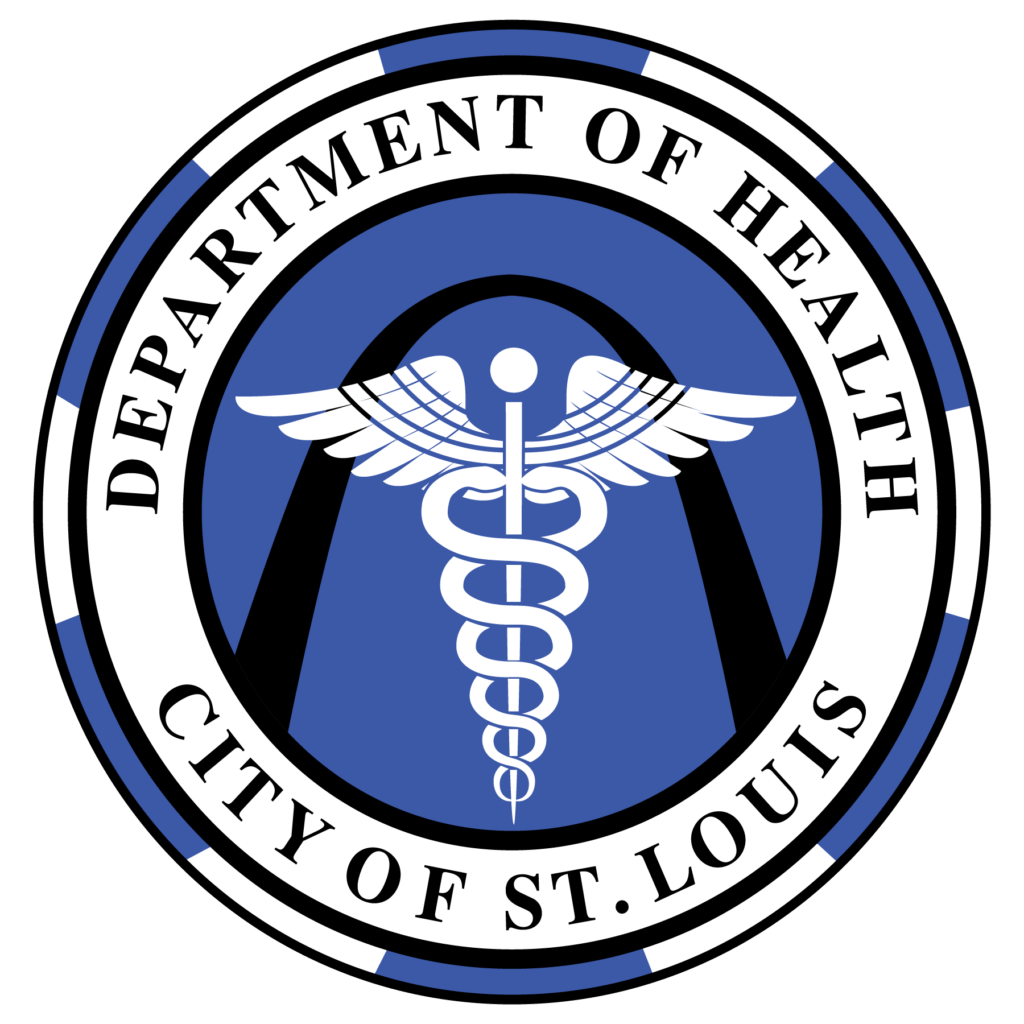Sexually transmitted disease (STD) testing is a cornerstone of sexual health, yet it remains shrouded in stigma. From societal taboos to fear of judgment, many avoid taking this vital step. But testing is a sign of self-respect and responsibility—not something to fear.
STDs have been part of human history for centuries. From early misunderstandings of syphilis in the 15th century to the groundbreaking discoveries of modern medicine, STD testing has come a long way. Despite these advancements, the stigma surrounding testing persists, often rooted in outdated beliefs and societal taboos. For millennials and younger generations, it’s time to rewrite the narrative and take charge of our sexual health.
A Brief History of STD Testing
STD testing has transformed dramatically over time. In the early 20th century, syphilis was diagnosed through invasive procedures like spinal taps. By the 1940s, the introduction of penicillin revolutionized treatment, but testing remained cumbersome and stigmatized. The HIV/AIDS crisis in the 1980s further underscored the need for accessible testing, leading to the development of rapid HIV tests in the 1990s. Today, advancements such as at-home testing kits and confidential clinic services have made testing easier, faster, and more private than ever.
Statistics That Matter
● Prevalence: According to the Centers for Disease Control and Prevention (CDC), nearly 1 in 5 Americans had an STD in 2018. Chlamydia, gonorrhea, and syphilis rates have been steadily increasing, particularly among young people aged 15-24 (CDC, 2021).
● HIV Awareness: Over 1.2 million people in the U.S. live with HIV, and approximately 13% are unaware of their status (CDC, 2023).
● Testing Impact: Early diagnosis through testing can prevent complications like infertility, reduce the spread of infections, and save lives. For example, antiretroviral therapy (ART) can lower the viral load in people with HIV to undetectable levels, making transmission nearly impossible.
Why Does Stigma Exist?
The stigma surrounding STD testing often stems from societal judgments about sexuality. Historical associations of STDs with promiscuity, shame, and “immoral” behavior have left a lingering impact. Media representations and cultural norms can perpetuate the idea that discussing sexual health is taboo. Fear of judgment, misinformation, and anxiety about potential results also contribute to reluctance to seek testing.
Breaking the Stigma
- Normalize Conversations About Sexual Health: Just as we discuss mental health or physical fitness, we need open dialogues about sexual wellness. Use your voice to advocate for education and awareness in your social circles.
- Utilize Technology: Modern solutions like at-home testing kits allow for private, judgment-free testing. Services like the Health Stop STL’s at-home HIV test kits make it easy to take control of your health without ever stepping into a clinic.
- Educate Yourself and Others: Knowledge is power. Understanding how STDs are transmitted, prevented, and treated can dismantle fears and misconceptions.
- Challenge Stereotypes: Recognize that STDs do not discriminate based on age, gender, or lifestyle. Testing is a responsible health practice, not an indicator of one’s character.
- Encourage Regular Testing: Make STD testing a routine part of healthcare, just like dental checkups or annual physicals. Encourage friends and partners to do the same.
Breaking the stigma starts with us. Millennials and younger generations have the tools and platforms to lead this change. Share your experiences, support local health initiatives, and encourage others to prioritize their sexual health. By normalizing testing, we can create a culture of empowerment, education, and wellness. Sexual health is health. Take the first step today by finding a clinic near you, ordering an at-home test kit, or sharing this article with someone who might need it. Together, we can ensure that everyone feels empowered to know their status and protect their future.
References
Centers for Disease Control and Prevention. (2021). Sexually Transmitted Infections Prevalence, Incidence, and Cost Estimates in the United States. Retrieved from cdc.gov
Centers for Disease Control and Prevention. (2023). HIV Statistics Overview. Retrieved from cdc.gov
More Topic Ideas
- “Where to Get Free Condoms in St. Louis” – Highlight locations offering free condoms
and their importance in STI prevention. - “Everything You Need to Know About Free STD Testing in St. Louis County” – Explore
options, clinics, and what to expect during free STD testing. - “The Importance of Regular HIV Testing: Options in St. Louis, MO” – Discuss the
significance of routine testing and available services. - “At-Home HIV Test Kits: Privacy, Convenience, and Empowerment” – Explain how
at-home testing works, its benefits, and how to access kits. - “Finding Condoms Near You in St. Louis: Safe Sex Made Simple” – Discuss accessible
options for obtaining condoms throughout the city. - “Understanding the Different Types of STD Tests and Where to Get Them in St. Louis” –
Cover various tests like HPV, chlamydia, and HIV, and clinic options. - “How to Access Free STD Testing in St. Louis City and County” – Provide step-by-step
guidance for finding and using these services. - “Protect Yourself: The Importance of Using Condoms Every Time” – Educate on proper
use and the role of condoms in preventing STIs. - “Why Testing Every 3-6 Months Matters: Sexual Health Best Practices” – Highlight
regular testing as a proactive health measure for sexually active individuals. - “How the St. Louis Public Health Department Supports Sexual Health” – Showcase the
department’s programs and initiatives for community wellness. - “Condoms 101: Types, Benefits, and How to Use Them Correctly” – Offer an educational
guide on condom usage and the variety available. - “Know Your Status: Free Resources for HIV Testing in St. Louis” – Focus on the
availability of free or low-cost HIV testing locations and why it’s important.
